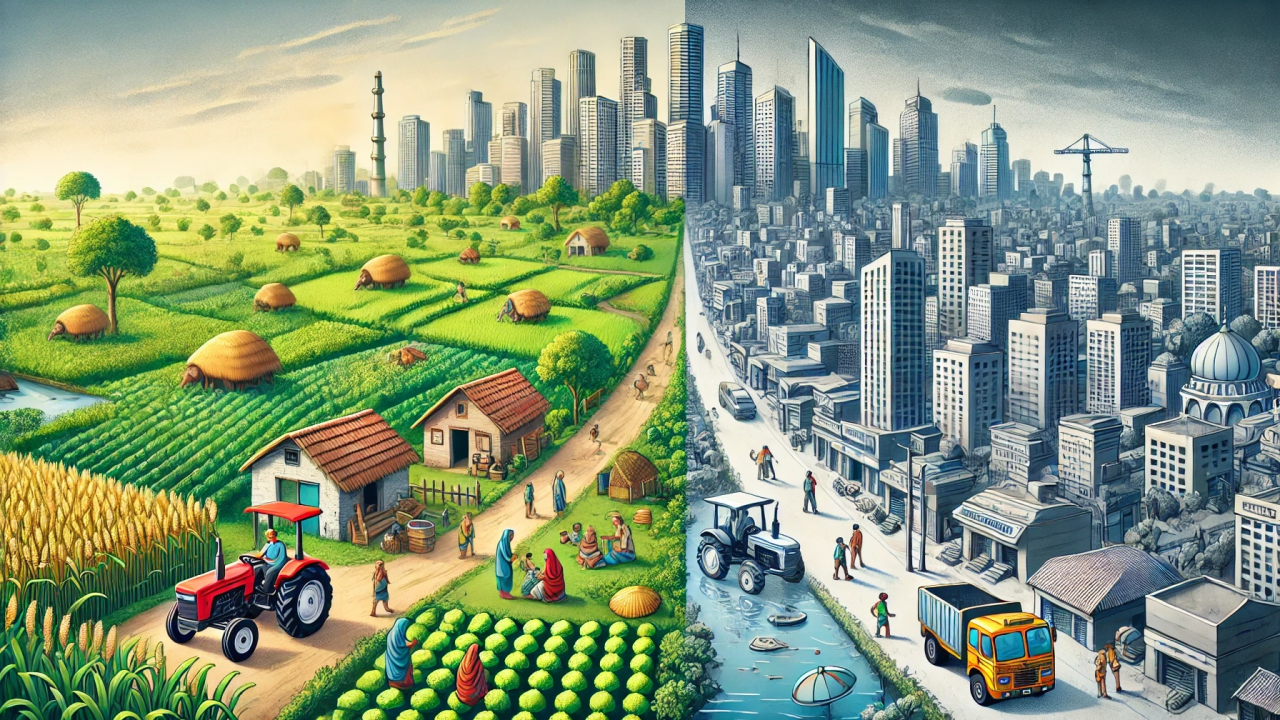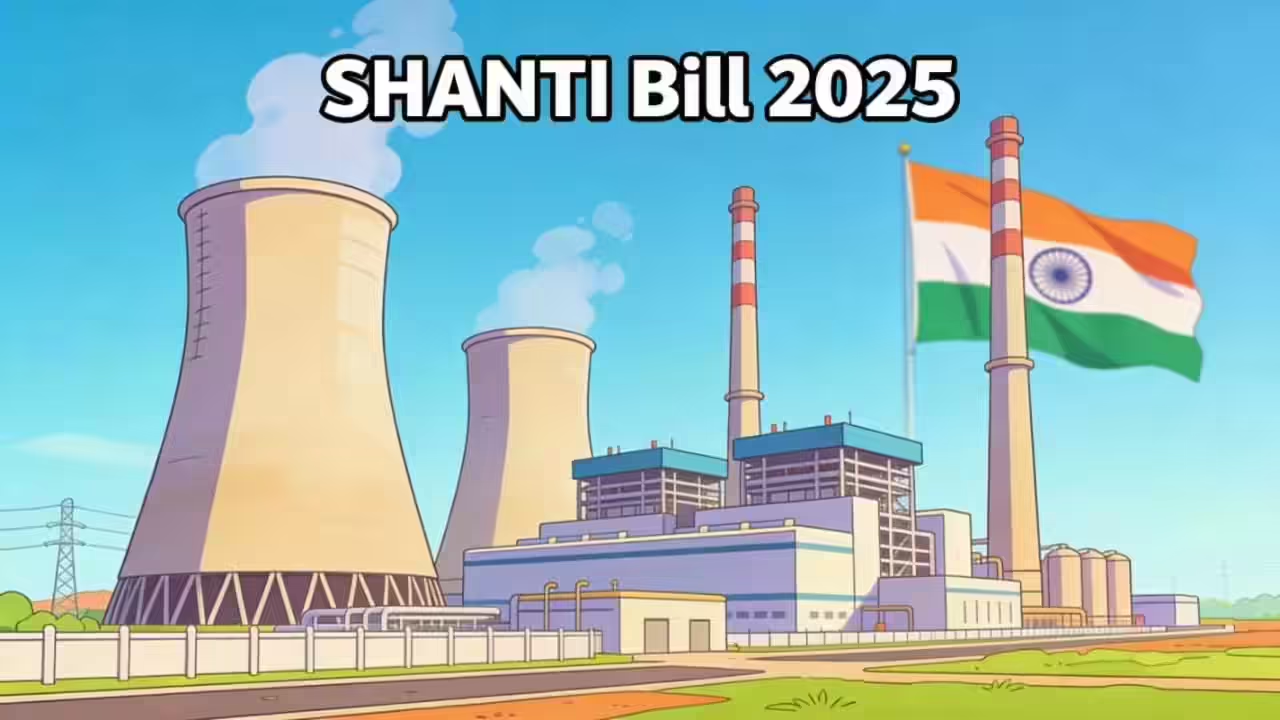Font size:
Print
Shifting World Order
Context:
In Ernest Hemingway’s The Sun Also Rises, a character is asked how he went bankrupt. “Gradually and then suddenly,” he responds.
More on News
- A similar trajectory seems to be unfolding for the rules-based international order, which has governed global relations for decades.
- The early weeks of Donald Trump’s second presidency have sent shockwaves through the system, accelerating its decline.
- Three years ago, Russia’s invasion of Ukraine posed a major test to the post-war world order, challenging the principles of sovereignty, collective security, and economic integration.
- However, the recent shift in U.S. policy—from staunchly backing Ukraine to echoing Russian narratives—has delivered a severe blow to the UN-based system of global governance.
Birth of the Modern World Order
- Post WW 2: The current global order emerged from the aftermath of World War II, shaped through conferences held between 1941 and 1945.
- The United States, the United Kingdom, and the Soviet Union envisioned an international system based on collective security, ensuring peace and cooperation between sovereign states.
- Pragmatic Approach: A pragmatic approach underpinned this vision: states would remain loyal to the system as long as it aligned with their self-interest.
- At the 1943 Tehran Conference, Winston Churchill, Franklin D. Roosevelt, and Joseph Stalin proposed a framework where four major powers—the U.S., Britain, the Soviet Union, and China—would act as the ‘four policemen’ maintaining global peace.
- By 1945, at the Yalta Conference, France was added to this group to manage territories previously occupied by Nazi Germany.
- Fostered Stability: While the system was far from perfect, it fostered stability through institutions like the United Nations, the Bretton Woods financial organisations, and various subsidiary bodies.
- Although conflicts did not disappear, global norms and rules provided predictability in international relations.
- Over time, even the concept of spheres of influence gave way to the principle of self-determination.
Trump’s Upending of Global Norms
- Donald Trump’s second term has accelerated the dismantling of this order.
- His administration has undermined international agreements by withdrawing from the Paris Agreement, signaling an exit from the World Health Organisation, and reviewing U.S. membership in global institutions.
- His unilateral imposition of tariffs has further disrupted the global trading system, shattering expectations of stability from a founding member of the post-war order.
- In a stark shift, the United States—once the primary architect of the global order—now exhibits behavior reminiscent of declining powers, pursuing nationalist policies, expanding its influence within its own hemisphere, and prioritising economic and mercantilist interests.
Dramatic Shift in U.S.-Russia Relations
- Perhaps the most consequential development has been Trump’s realignment with Russian President Vladimir Putin.
- His efforts to negotiate a peace deal in Ukraine—without Kyiv’s involvement—have stunned allies.
- Labeling Ukrainian President Volodymyr Zelenskyy a dictator and conceding to Russian demands that NATO forces stay out of Ukraine have left European leaders scrambling to reassess their security strategies.
- For decades, Europe relied on U.S. leadership within NATO. Now, it must take responsibility for its own defense.
- The recent meeting between American and Russian officials in Riyadh may not be another Yalta moment, but the parallels are striking.
- Unlike in 1945, however, this is not a victor’s peace—it is a betrayal of Ukraine by its former backer.
Dawn of a New Global Order?
- Statements from the White House and Trump’s social media posts suggest a global order shaped by brute force rather than rules and diplomacy.
- His administration’s retreat from international leadership—while entertaining ideas of acquiring Greenland, Canada, the Panama Canal, and even Gaza—signals the beginning of a new era, reminiscent of historical imperial ambitions.
- The world is now being divided into spheres of influence.
- The United States appears focused on consolidating control over the Western Hemisphere and parts of the Middle East, while Trump’s rhetoric on Ukraine and NATO effectively cedes Europe to Russia.
- This shift grants Putin the freedom to pursue his territorial ambitions, potentially reshaping the European landscape.
- China, which has supported Russia throughout its Ukraine campaign, stands to benefit from America’s withdrawal.
- Beijing’s ambitions regarding Taiwan, previously constrained by U.S. security guarantees in East and Southeast Asia, now seem less restrained.
- The implications for India are significant—China has never accepted the McMahon Line as the border with India, and an emboldened Beijing could pose new security challenges in the region.


